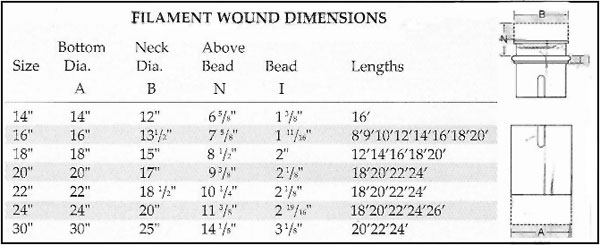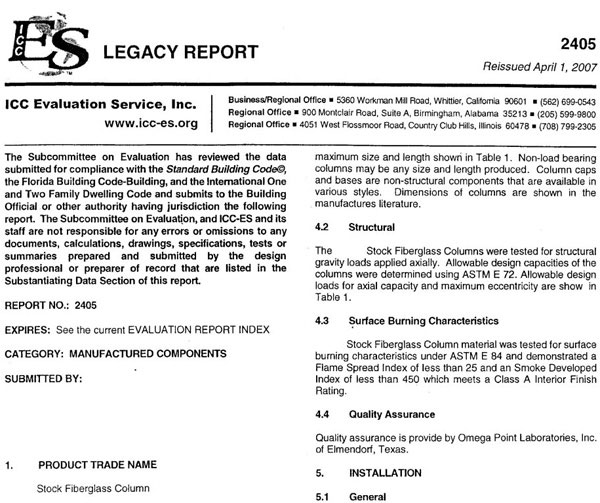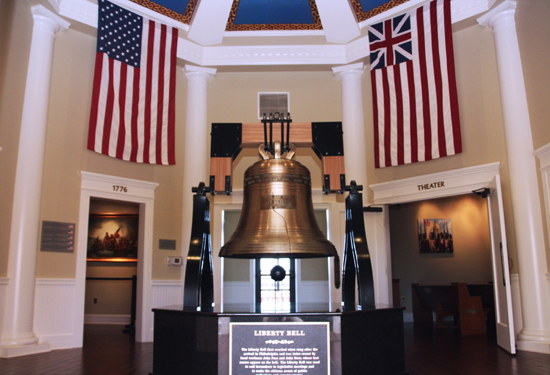Architectural Columns: Classic to Current
Codes and Columns
Column products must comply with the relevant state, county or city building codes, primarily in two important areas: load bearing requirements and surface burning characteristics.
Most U.S. cities, counties and states choose the International Codes developed by the International Code Council (ICC). Some jurisdictions may have specific additional requirements, notably seismic codes in areas with high earthquake risk, and more rigorous recent “uplift” requirements in coastal areas such as High Velocity Hurricane Zone provisions in Florida’s Miami-Dade and Broward Counties.
Load Bearing
Load bearing capacity is related to a column’s dimensions and the material it is made from. Both fiberglass and wood columns come in a wide range of dimensions and lengths. Manufacturers typically provide dimension and length information in tables like the one reproduced here for filament-wound columns. Load bearing capacity – together with other performance characteristics – should be compared for various column types before making a final selection. Shown here is a chart showing a rough general comparison of three materials.

Image courtesy Crown Columns
Filament-wound columns
Material |
Size |
Bearing Capacity |
|---|---|---|
| Filament Wound Fiberglass | 14” | 20,020 |
| Wood | 14” | 10,000 |
| Spun Cast Fiberglass | 8” | 10,500 |
|
Chart courtesy Crown Columns Example of load bearing capacity of materials in different sizes | ||
Surface Burning Characteristics
Code compliance requires that column material meet the test requirements of ASTM E 84 (Standard Test Method for Surface Burning Characteristics of Building Materials). Columns must achieve:
• Flame Spread Index of less than 25;
and
• Smoke Developed Index of less than 450, which meets a Class A Interior Finish Rating.
ICC Evaluation Service (ICC-ES)
ICC-ES Evaluation Reports are a convenient source for specifiers seeking information on the code compliance of a specific column product. ICC-ES is a non-profit, public-benefit corporation that does technical evaluations of building products, components, methods, and materials. The organization develops new evaluation reports and maintains a database of “Legacy Reports” from the four evaluation services that joined to form the ICC-ES in 2003. All evaluations and reports review data supplied by manufacturers for product code compliance. They are available without charge on the web www.icc-es.org
Here is a sample Legacy Report for columns.













